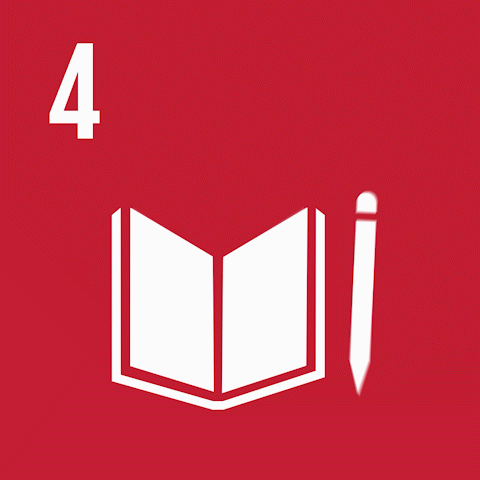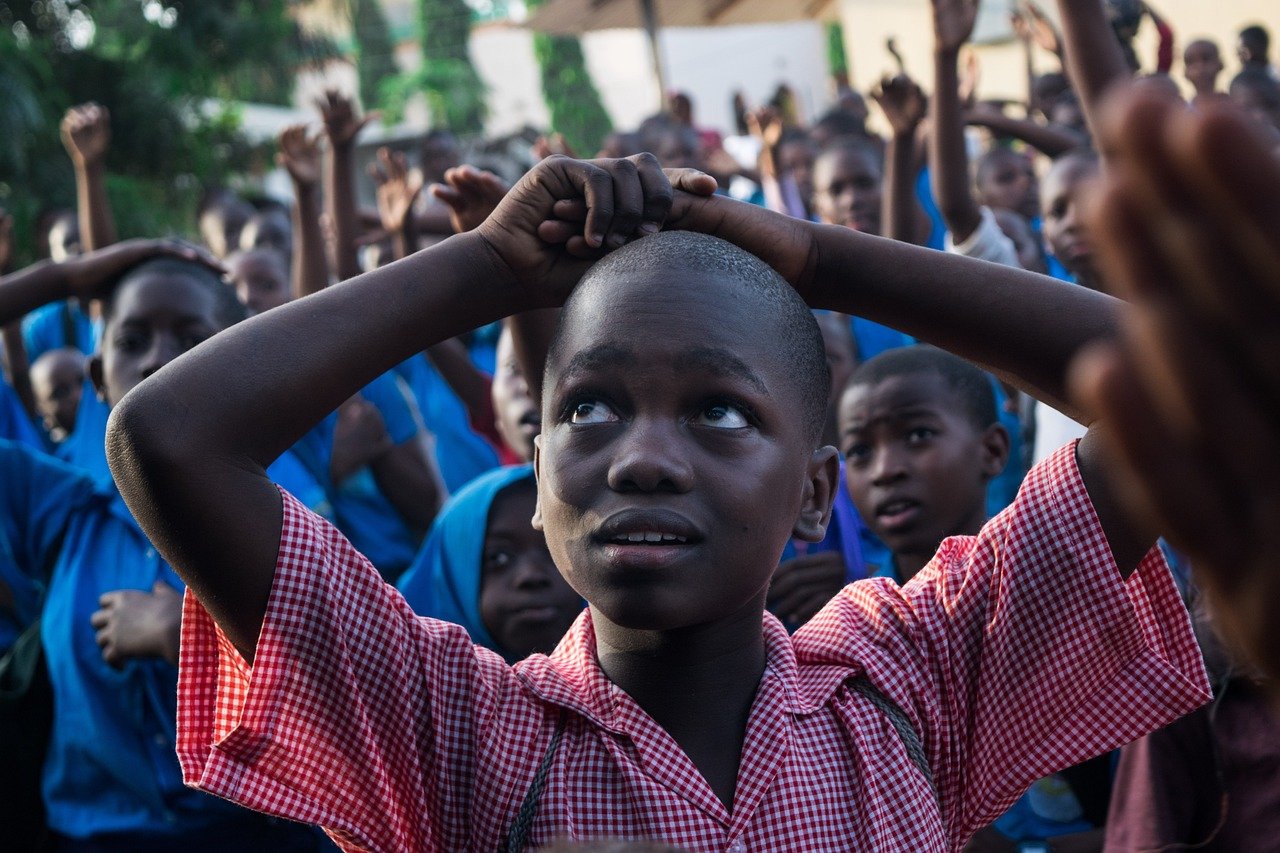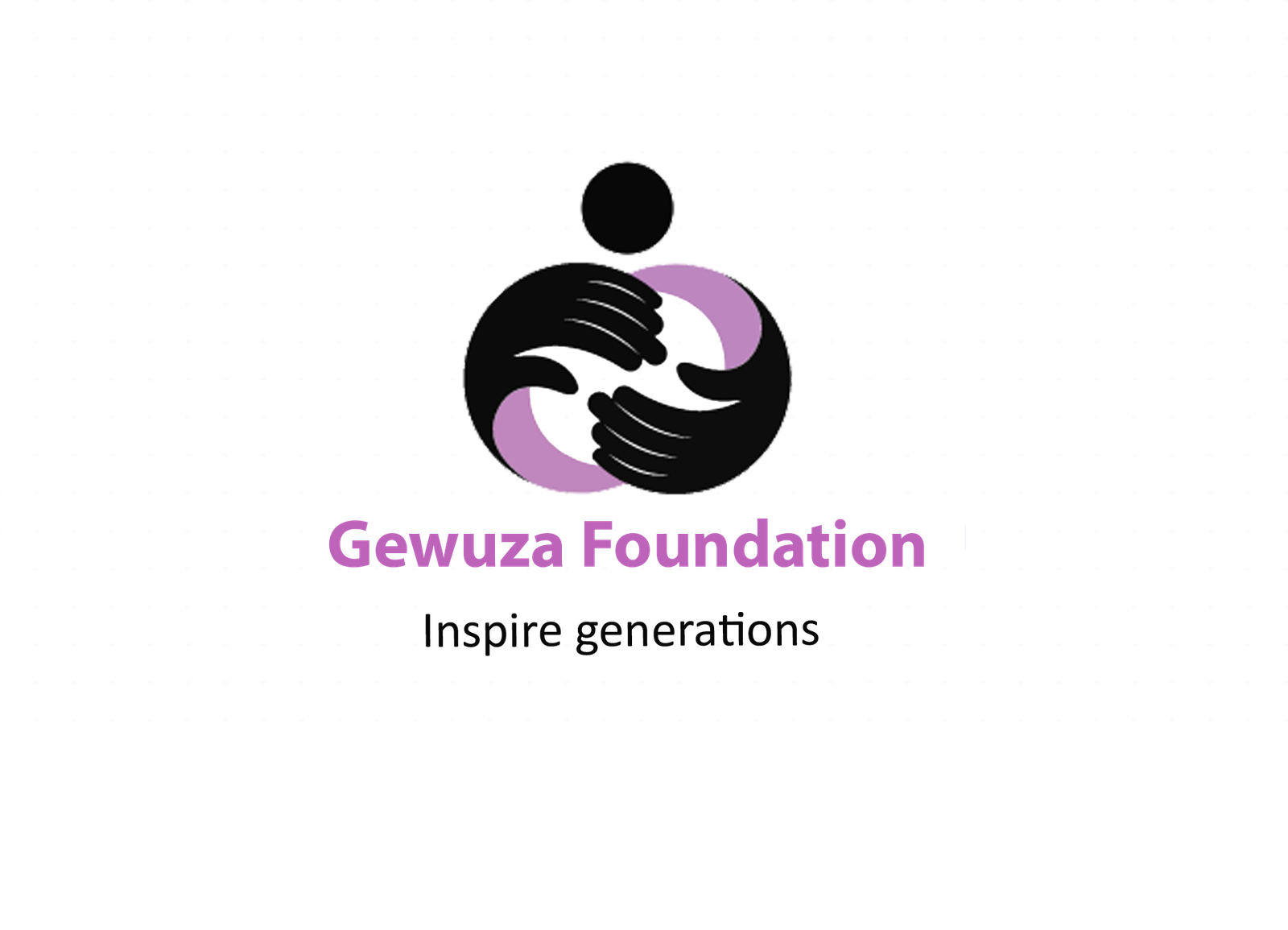Sustainable Development Goal 4 (SDG 4) focuses on ensuring inclusive and equitable quality education and promoting lifelong learning opportunities for all. This goal includes targets and indicators aimed at addressing various aspects of education, including access to education, quality of education, and the promotion of lifelong learning.
For Uganda, like many other countries, progress toward SDG 4 is influenced by a variety of factors. Here are some key points related to Uganda and its efforts towards achieving SDG 4:
Access to Education: Uganda has made strides in improving access to education, especially at the primary level. Efforts have been made to increase enrollment rates, reduce gender disparities, and improve access for marginalized groups.
Quality of Education: While progress has been made in increasing access, challenges remain in ensuring the quality of education. Issues such as teacher training, infrastructure, and curriculum development are areas where continued attention is needed.
Gender Equality in Education: Uganda has worked towards achieving gender equality in education, addressing issues such as girls’ enrollment and retention. However, gender disparities persist, particularly in some regions and among certain socioeconomic groups.
Lifelong Learning Opportunities: The promotion of lifelong learning opportunities is crucial for achieving SDG 4. This involves not only access to formal education but also opportunities for skill development and adult education. Uganda has been working on initiatives to promote lifelong learning, but challenges remain.
Partnerships and International Cooperation: Collaboration with international organizations, NGOs, and other stakeholders plays a vital role in advancing education goals. Uganda has engaged in partnerships to access resources and expertise to enhance its education system.
It’s important to note that progress toward SDG 4 is dynamic, and the situation may have evolved since my last update in January 2022. Additionally, challenges such as political instability, economic factors, and health crises (such as the COVID-19 pandemic) can impact a country’s ability to achieve these goals.
For the latest and most accurate information on Uganda’s progress toward SDG 4, I recommend consulting official reports from government sources, international organizations, or reputable NGOs involved in education and development in Uganda.















